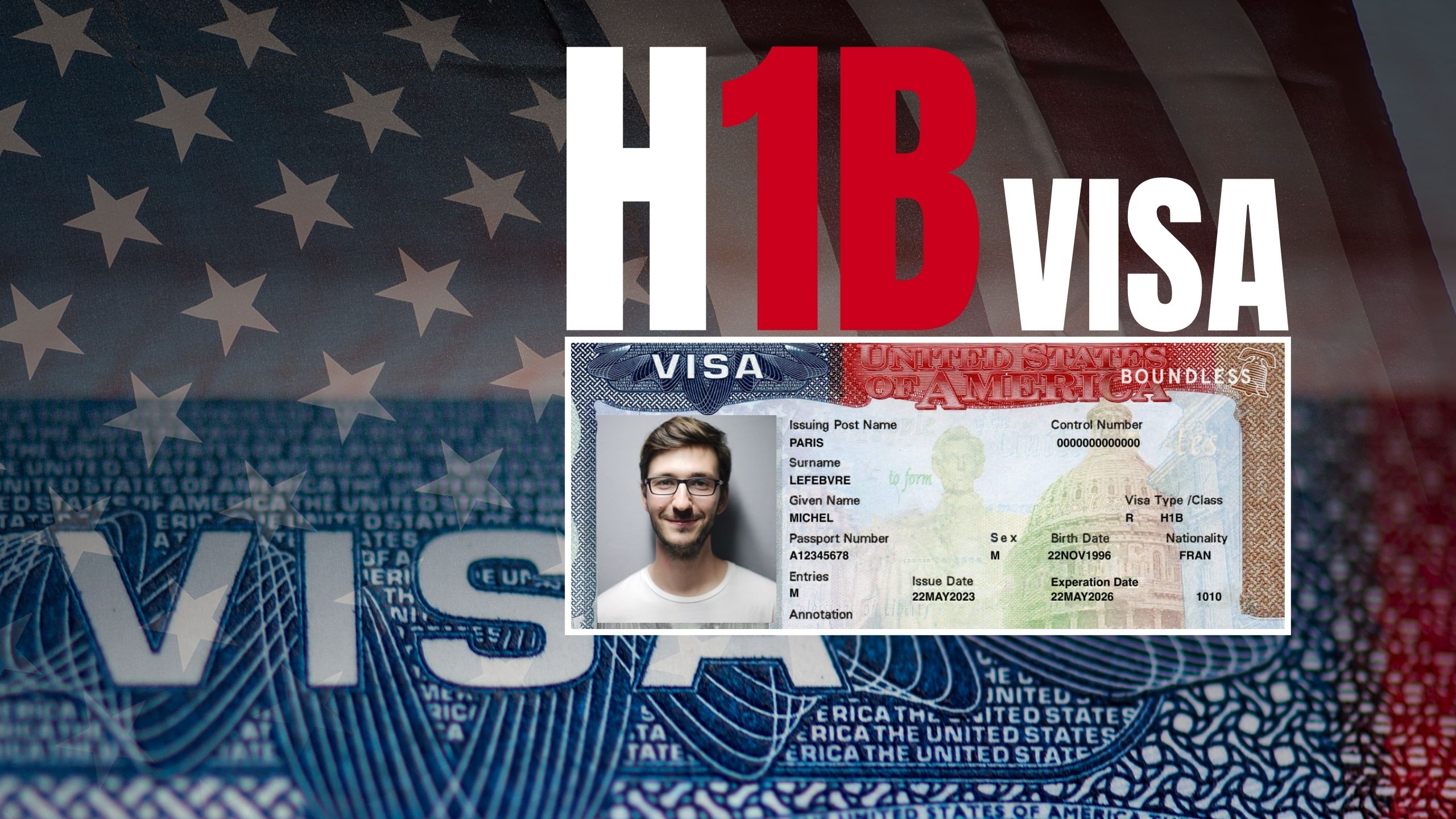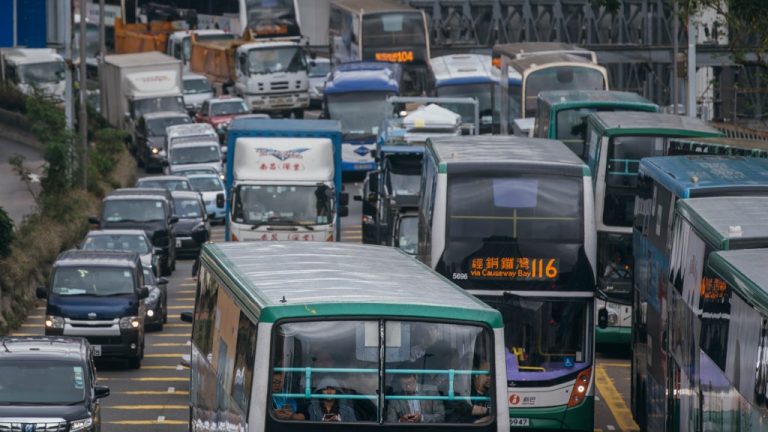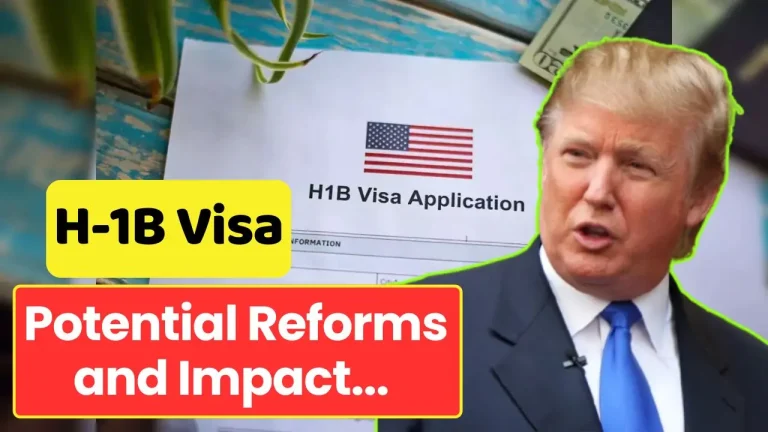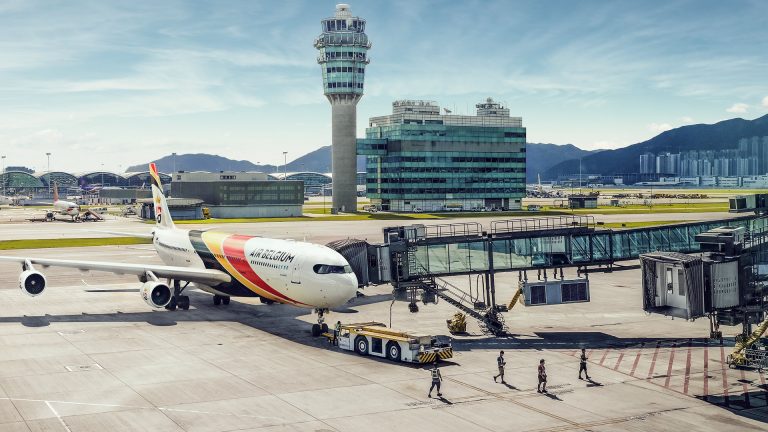Trump’s $100,000 H-1B Fee: A Game-Changer for Global Talent Migration
The recent announcement of a staggering $100,000 fee for new H-1B visa applicants has sent tremors through the intricate landscape of international workforce dynamics, particularly impacting Indian professionals and U.S. industries. This policy shift threatens to reshape a decades-long talent exchange that has been critical to technological innovation and healthcare delivery.

At the heart of this change lies a stark reality: Indians dominate the H-1B visa program, representing over 70% of recipients. In the technology sector alone, Indian nationals held more than 80% of computer-related H-1B jobs in 2015—a trend that continues to define the industry’s workforce composition. Healthcare isn’t far behind, with Indian doctors occupying approximately 5-6% of physician roles in the United States, accounting for over 8,200 medical position approvals in 2023.
The economic implications are profound and far-reaching. For Indian professionals, the H-1B visa has long represented a pathway to the American dream—transforming small-town talents into global earners and lifting entire families into the middle class. Simultaneously, U.S. companies have relied on this talent pipeline to fill critical roles in technology, medicine, and innovation. Today, Indian-origin leaders helm some of the world’s most prominent tech companies, including Google, Microsoft, and IBM.

However, the $100,000 fee presents a formidable barrier. Consider the economic mathematics: in 2023, the median salary for new H-1B workers was $94,000, with existing workers earning around $129,000. A fee that potentially exceeds annual earnings creates an almost insurmountable obstacle for new applicants and their potential employers.
The ripple effects extend beyond individual careers. India’s $283 billion IT sector, which derives over half its revenue from the U.S. market, faces significant disruption. Industry bodies like Nasscom warn of potential business continuity challenges, with companies potentially delaying projects or demanding repricing. Major outsourcing firms such as TCS and Infosys are already adapting by building local workforces and shifting operations offshore.

For the United States, the consequences could be equally transformative. Experts like David Bier from the Cato Institute predict that companies might increasingly offshore work, potentially stifling domestic innovation. Startups and universities—lacking the lobbying power of tech giants—appear particularly vulnerable. The potential decline in international student enrollment could further strain an already competitive academic and professional landscape.
The economic contributions of H-1B holders are substantial and cannot be overlooked. These professionals contribute an estimated $86 billion annually to the U.S. economy, including $24 billion in federal payroll taxes and $11 billion in state and local taxes. The policy threatens to disrupt this delicate economic ecosystem.
Immigration lawyers anticipate potential legal challenges to the executive order, and analysts suggest that exemptions for major H-1B users could ultimately undermine the policy’s intended impact. The uncertainty creates a complex environment for both employers and potential visa applicants.
As the dust settles, one thing becomes clear: this policy represents more than a simple fee increase. It’s a potential recalibration of global talent migration, challenging long-established pathways and forcing both Indian professionals and U.S. industries to reimagine their collaborative future.
The coming years will reveal whether this policy becomes a temporary disruption or a fundamental transformation of international workforce dynamics. For now, skilled professionals and forward-thinking companies are watching closely, preparing to navigate an increasingly complex global talent landscape.







